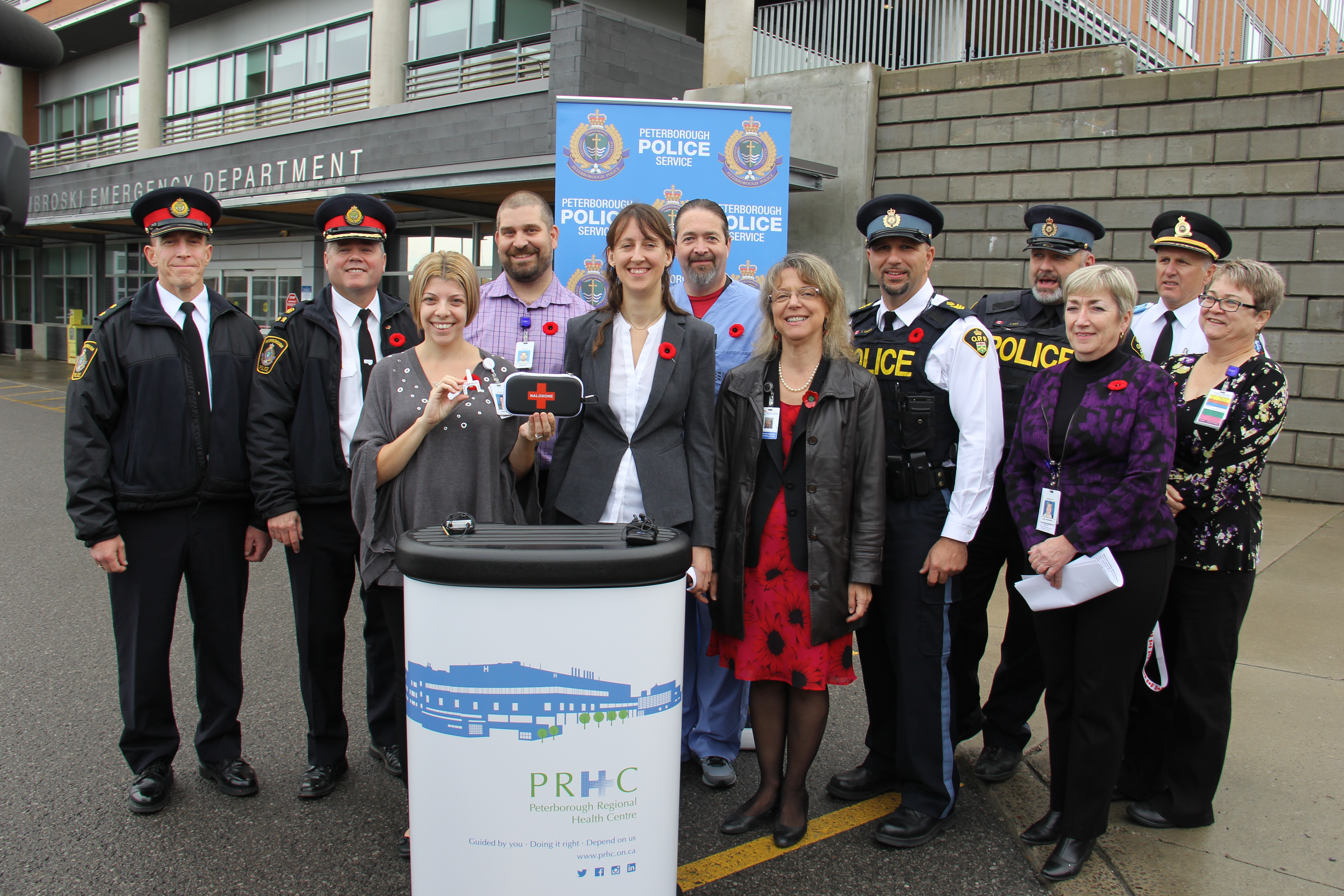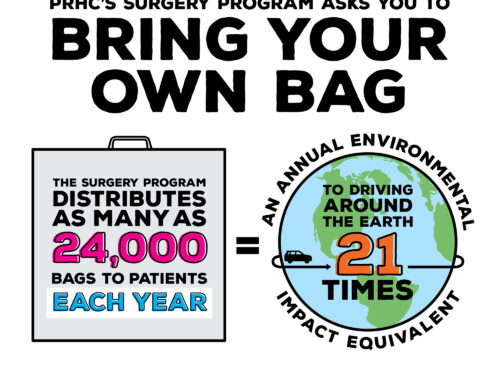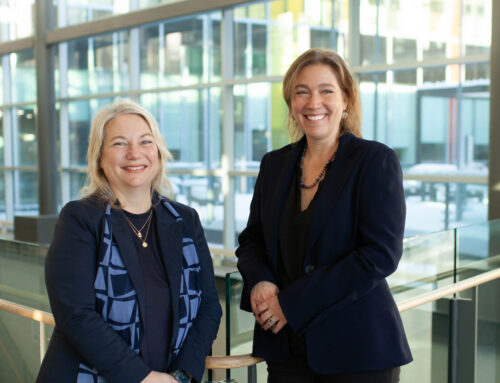Peterborough Regional Health Centre among first hospitals in Ontario to launch a program of this kind in collaboration with community partners
Today, Peterborough Regional Health Centre (PRHC) and Peterborough Police Service are pleased to announce that the Peterborough community will benefit from a $95,544 provincial grant from the Ministry of Community Safety and Correctional Services to support the launch of an initiative to get a lifesaving drug-overdose treatment into the hands of at-risk patients and their loved ones.
This Naloxone distribution program will be made available through the hospital’s Emergency Department (ED) and supported with additional education and resources through our partners in the community, thanks to a Proceeds of Crime Front-Line Policing Grant awarded to the Peterborough Police Service. The grant application was submitted by the Peterborough Police Service in partnership with PRHC, the Peterborough Drug Strategy, Peterborough Public Health and Fourcast.
“We are thrilled to be working with our community partners on this important initiative, and to know that patients and families in our community will benefit from provincial funding for Naloxone kits,” says Dr. Mark Troughton, Chief of Emergency Medicine at PRHC. “Having this treatment in the hands of vulnerable patients and their loved ones will save lives.
“PRHC will be among the first hospitals in Ontario to launch a project of this kind in collaboration with our community partners, and we look forward to continuing the necessary planning, education and training to fully implement the availability of the kits in our Emergency Department,” says Dr. Troughton.
At PRHC, Naloxone, an opioid antidote, is currently administered to patients who come to the ED for treatment during an overdose. The new distribution program will provide take-home “kits” for ED patients who are at significant risk of overdose, and will include training on how to administer the drug safely in a non-clinical setting, as well as education to help patients and loved ones identify the signs and symptoms of overdose, and avoid future overdose. Having Naloxone administered in the community gives the individual more time to get to the hospital before irreversible effects of the overdose take hold.
Peterborough has experienced an increasing rate of opioid related emergency department visits for the last decade (from a rate of 47 per 100,000 population in 2006 to 64.5 per 100,000 population in 2013), which is consistently higher compared to Ontario’s rates. Peterborough also ranks 6th highest for opioid prescribing in the province.
“What we are faced with in our local area is similar to what other communities across Canada are facing. We have seen the devastating impacts of opioid misuse on families right across our nation,” says Peterborough Police Deputy Chief Tim Farquharson. “This funding will hopefully allow our community to get ahead of the curve of devastation being caused to other Canadian communities.
“It is crucial that our community knows in times of an overdose they can call 9-1-1 without fear of criminal charges being laid. If called to a scene of an overdose our main priority is preservation of life,” says Deputy Chief Farquharson.
“We have prioritized addressing opioid use and misuse in an effort to prevent overdoses and opioid-related harms. There are resources available locally,” says Larry Charmley, Chair of the Peterborough Drug Strategy and Inspector with the Peterborough Police Service.
The Peterborough Drug Strategy includes the following partners: Peterborough Public Health, Peterborough County OPP, PARN, Fourcast, John Howard Society of Peterborough, Canadian Mental Health Association Peterborough, and City of Peterborough Social Services. Other community partners who work to reach people who may not be connected to a doctor or other services include the VON 360 clinic and The Warming Room.
Opioids are pain-relieving drugs and include both prescription medications such as oxycodone and fentanyl, and illegal formulations such as heroin. The harms associated with these drugs are a significant public health and patient safety issue. Worldwide, 69,000 people die from opioid overdose each year. More than 5,000 Ontarians have unintentionally lost their lives due to opioid overdose since the year 2000. Accidental overdose is the third leading cause of unintentional death in Ontario – a figure that far surpasses deaths due to traffic fatalities. Non-fatal opioid overdoses are estimated to be 20-25 times higher than the number of deaths.
Overdoses continue to affect people of all ages, genders, and socio-economic backgrounds, including those using as prescribed or those experimenting. Understanding the signs and how to respond is the first step to preventing harm.
www.peterboroughdrugstrategy.com
-30-
For further information, please contact:
Michelene Ough
Communications Lead
Peterborough Regional Health Centre
705-743-2121 x. 4259
mough@prhc.on.ca
Lauren Gilchrist
Communications Coordinator
Peterborough Police Service
705-876-1122 x. 217
lgilchrist@peterborough.ca








